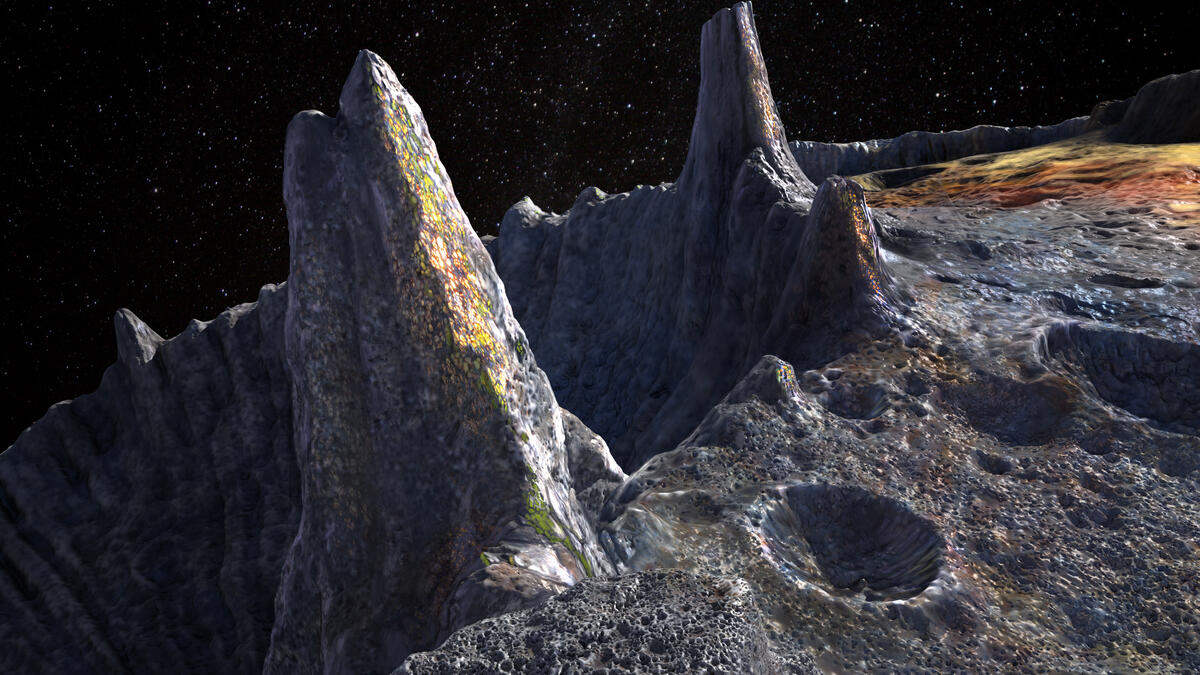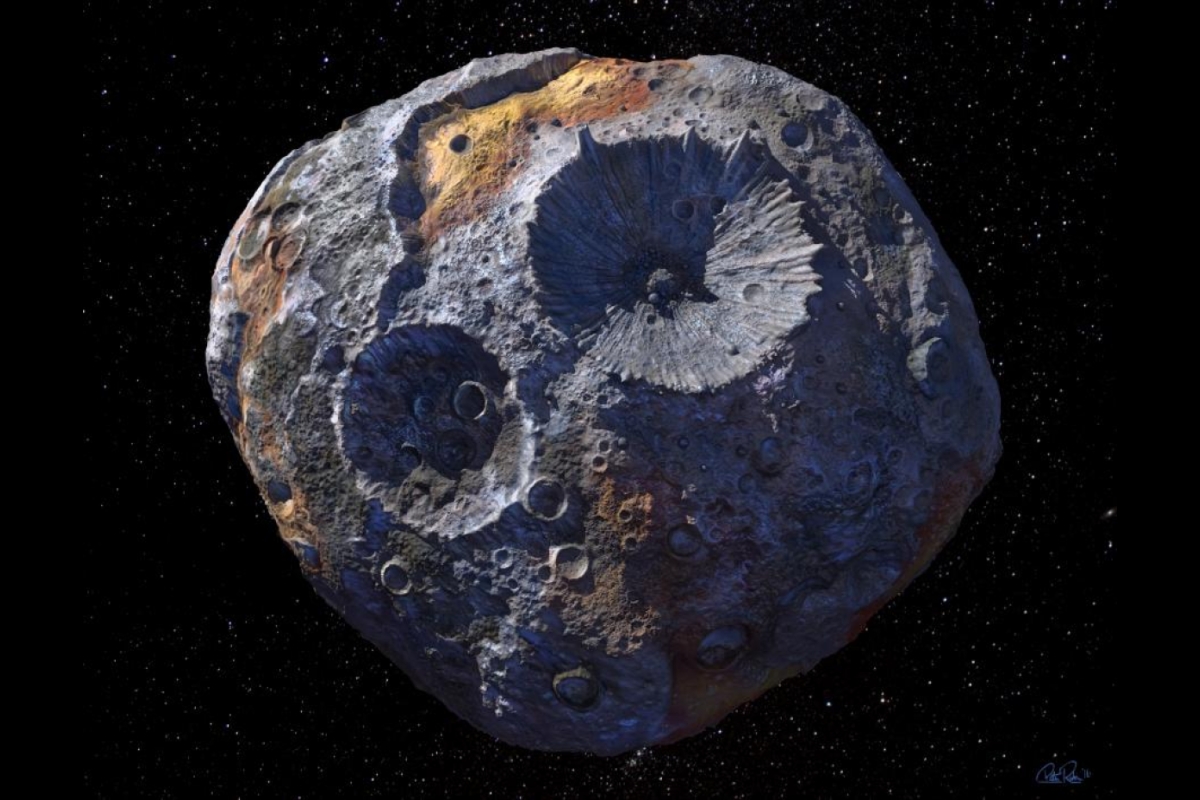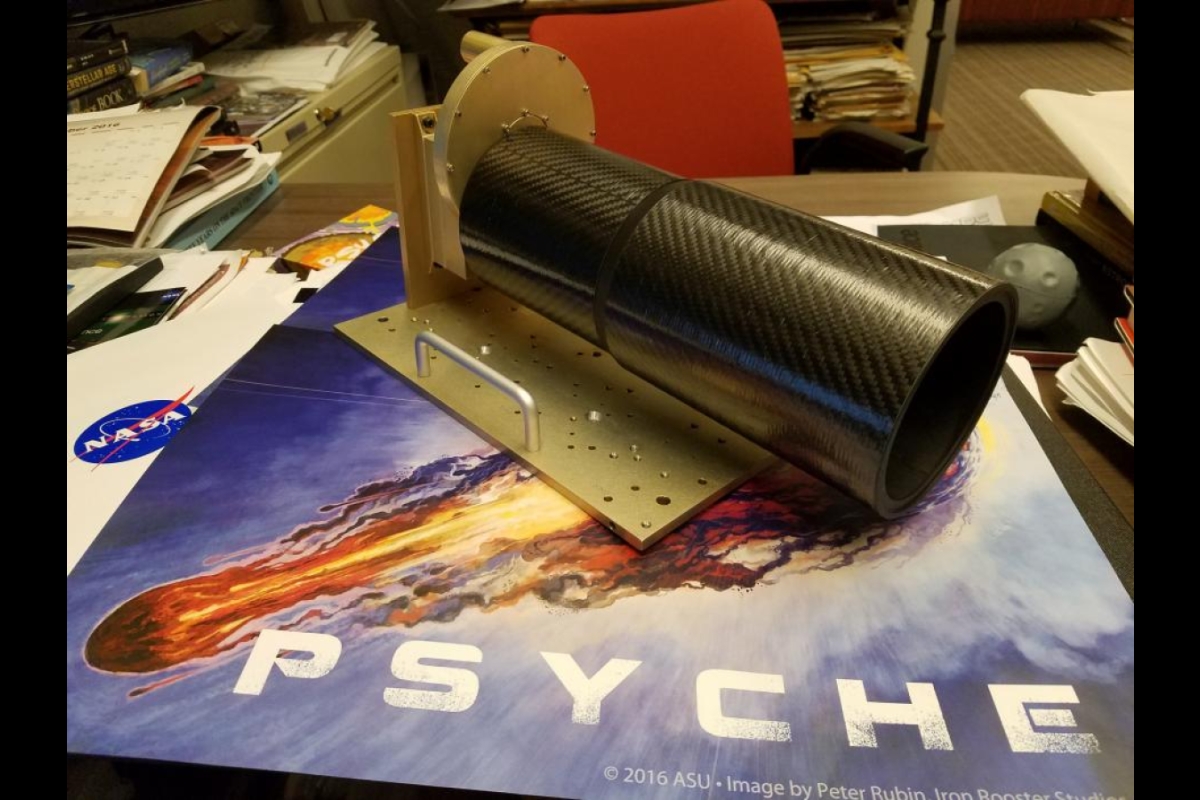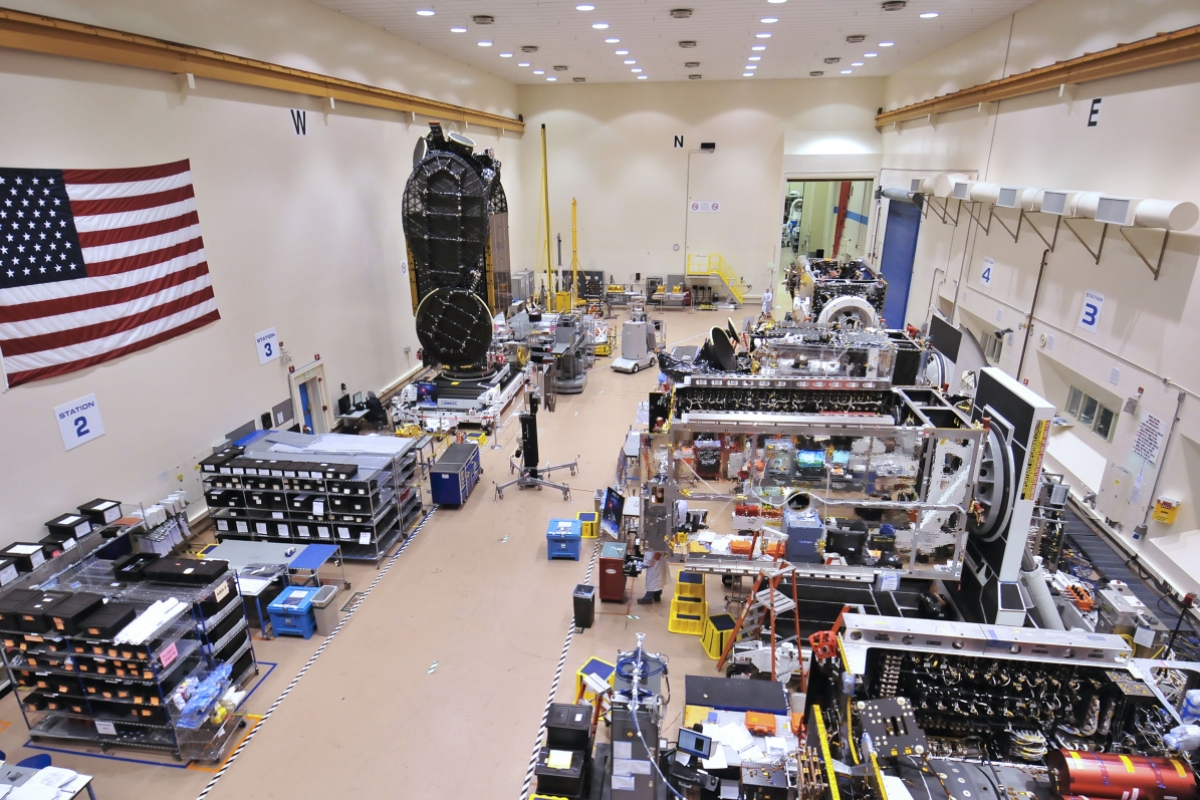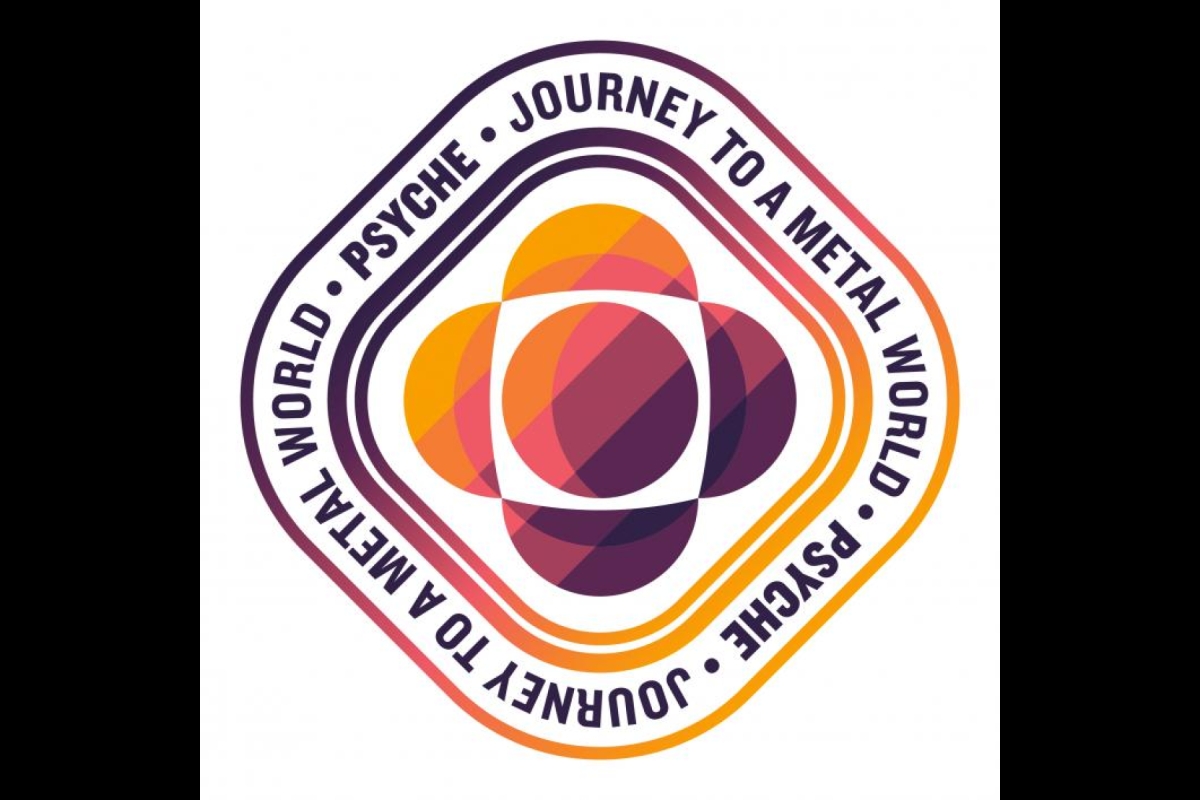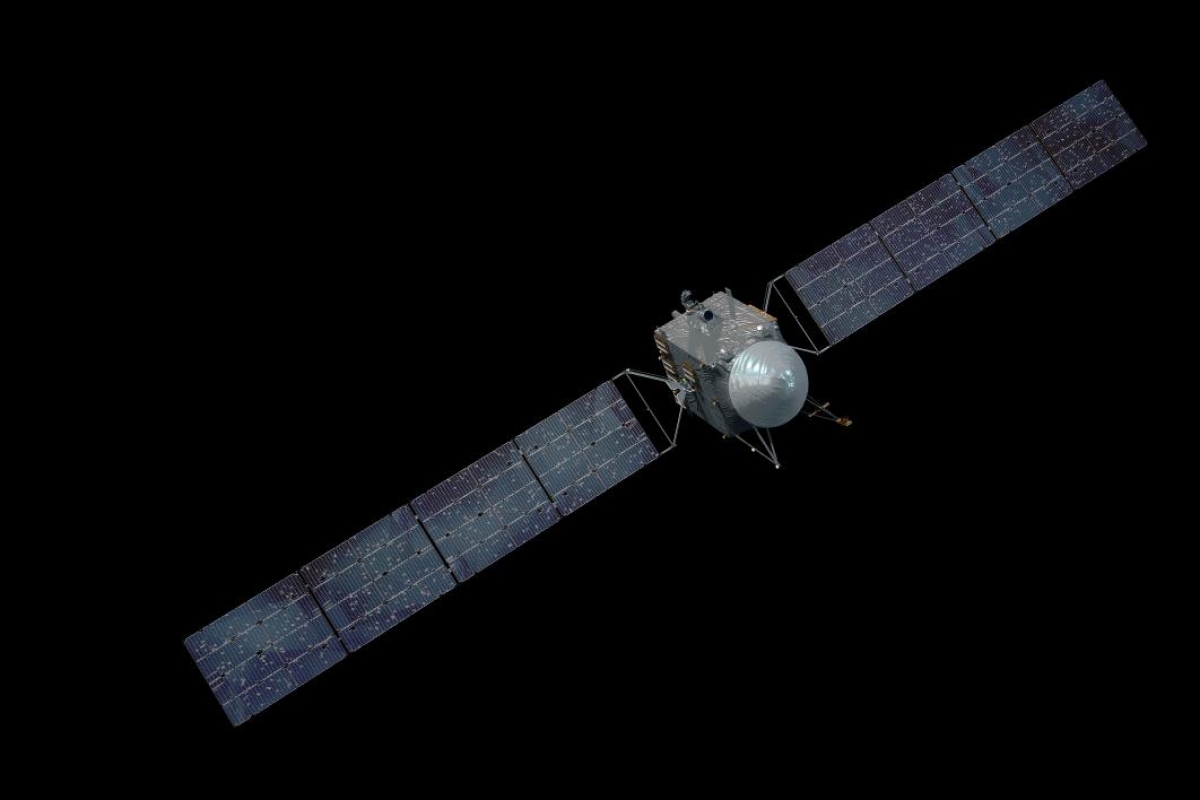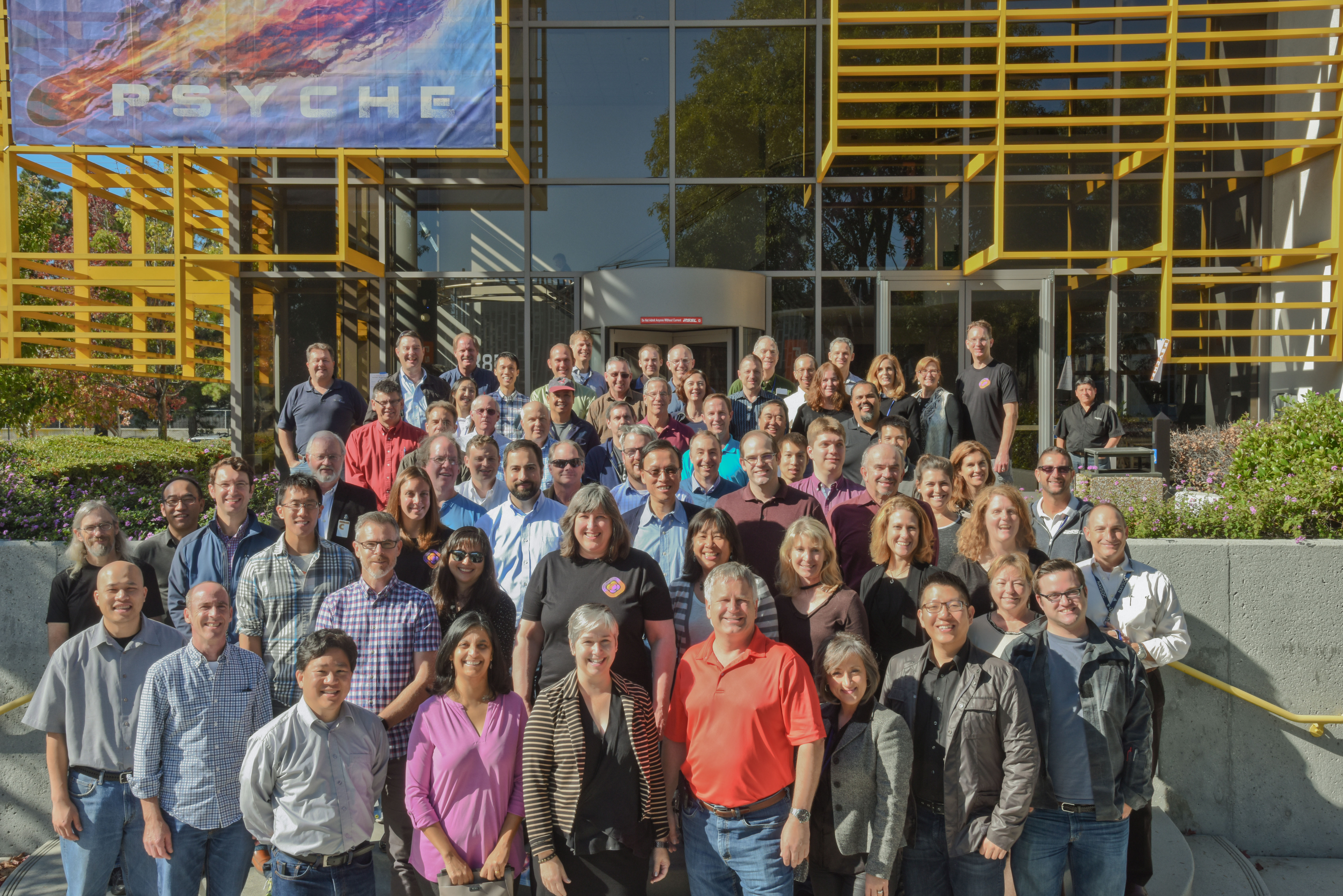Editor's note: This story is being highlighted in ASU Now's year in review. To read more top stories from 2017, click here.
Arizona State University’s Psyche Mission, a journey to a metal asteroid, has been selected for flight, marking the first time the school will lead a deep-space NASA mission and the first time scientists will be able to see what is believed to be a planetary core.
The mission’s spacecraft is expected to launch in 2023, arriving at the asteroid in 2030, where it will spend 20 months in orbit, mapping it and studying its properties.
It will be part of NASA’s Discovery Program, a series of lower-cost, highly focused robotic space missions that are exploring the solar system. The Psyche project is capped at $450 million.
“This mission, visiting the asteroid Psyche, will be the first time humans will ever be able to see a planetary core,” said principal investigator Lindy Elkins-Tanton, director of ASU’s School of Earth and Space Exploration (SESE). “Having the Psyche Mission selected for NASA’s Discovery Program will help us gain insights into the metal interior of all rocky planets in our solar system, including Earth.”
Psyche, an asteroid orbiting the sun between Mars and Jupiter, is made almost entirely of nickel-iron metal. As such, it offers a unique look into the violent collisions that created Earth and the other terrestrial planets.
The scientific goals of the Psyche mission are to understand the building blocks of planet formation and explore firsthand a wholly new and unexplored type of world. The mission team seeks to determine whether Psyche is a protoplanetary core, how old it is, whether it formed in similar ways to the Earth’s core, and what its surface is like.
“The knowledge this mission will create has the potential to affect our thinking about planetary science for generations to come,” ASU President Michael M. Crow said. “We are in a new era of exploration of our solar system with new public-private sector partnerships helping unlock new worlds of discovery, and ASU will be at the forefront of that research.”
Psyche — a window into planetary cores
Every world explored so far by humans (except gas giant planets such as Jupiter or Saturn) has a surface of ice or rock or a mixture of the two, but their cores are thought to be metallic. These cores, however, lie far below rocky mantles and crusts and are considered unreachable in our lifetimes.
Psyche, an asteroid that appears to be the exposed nickel-iron core of a protoplanet, one of the building blocks of the sun’s planetary system, may provide a window into those cores. The asteroid is most likely a survivor of violent space collisions, common when the solar system was forming.
Psyche follows an orbit in the outer part of the main asteroid belt, at an average distance from the sun of about 280 million miles, or three times farther from the sun than Earth. It is roughly the size of Massachusetts (about 130 miles in diameter) and dense (7,000 kg/m³).
“Being selected to lead this ambitious mission to the all-metal asteroid Psyche is a major milestone that reflects ASU’s outstanding research capacity,” said Sethuraman Panchanathan, executive vice president and chief research and innovation officer at ASU. “It speaks to our innovative spirit and our world-class scientific expertise in space exploration.”
Mission instrument payload
The spacecraft's instrument payload will include magnetometers, multispectral imagers, a gamma ray and neutron spectrometer, and a radio-science experiment.
The multispectral imager, which will be led by an ASU science team, will provide high-resolution images using filters to discriminate between Psyche's metallic and silicate constituents. It consists of a pair of identical cameras designed to acquire geologic, compositional and topographic data.
The gamma ray and neutron spectrometer will detect, measure and map Psyche's elemental composition. The instrument is mounted on a 7-foot (2-meter) boom to distance the sensors from background radiation created by energetic particles interacting with the spacecraft and to provide an unobstructed field of view. The science team for this instrument is based at the Applied Physics Laboratory at Johns Hopkins University.
The magnetometer, which is led by scientists at MIT and UCLA, is designed to detect and measure the remnant magnetic field of the asteroid. It’s composed of two identical high-sensitivity magnetic field sensors located at the middle and outer end of the boom.
The Psyche spacecraft will also use an X-band radio telecommunications system, led by scientists at MIT and NASA’s Jet Propulsion Laboratory. This instrument will measure Psyche's gravity field and, when combined with topography derived from onboard imagery, will provide information on the interior structure of the asteroid.
The Psyche mission team
In addition to Elkins-Tanton, ASU SESE scientists on the Psyche mission team include Jim Bell, deputy principal investigator and co-investigator, co-investigator Erik Asphaug, and co-investigator David Williams.
NASA’s Jet Propulsion Laboratory managed by Caltech is the managing organization and will build the spacecraft with industry partner Space Systems Loral (SSL). JPL’s contribution to the Psyche mission team includes over 75 people, led by project manager Henry Stone, project scientist Carol Polanskey, project systems engineer David Oh and deputy project manager Bob Mase. SSL contribution to the Psyche mission team includes over 50 people led by SEP Chassis deputy program manager Peter Lord and SEP Chassis program manager Steve Scott.
The Psyche mission team at Space System Loral in Palo Alto, California. Photo courtesy of SSL
Other co-investigators are David Bercovici (Yale University), Bruce Bills (JPL), Richard Binzel (Massachusetts Institute of Technology), William Bottke (Southwest Research Institute — SwRI), Ralf Jaumann (Deutsches Zentrum für Luft — und Raumfahrt), Insoo Jun (JPL), David Lawrence (Johns Hopkins University/Applied Physics Laboratory — APL), Simon Marchi (SwRI), Timothy McCoy (Smithsonian Institution), Ryan Park (JPL), Patrick Peplowski (APL), Thomas Prettyman, (Planetary Science Institute), Carol Raymond (JPL), Chris Russell (UCLA), Benjamin Weiss (MIT), Dan Wenkert (JPL), Mark Wieczorek (Institut de Physique du Globe de Paris), and Maria Zuber (MIT).
Top photo: Artist rendition of the surface of the asteroid Psyche. Image by Peter Rubin/ASU
More Science and technology

ASU-led space telescope is ready to fly
The Star Planet Activity Research CubeSat, or SPARCS, a small space telescope that will monitor the flares and sunspot activity of low-mass stars, has now passed its pre-shipment review by NASA.…

ASU at the heart of the state's revitalized microelectronics industry
A stronger local economy, more reliable technology, and a future where our computers and devices do the impossible: that’s the transformation ASU is driving through its microelectronics research…

Breakthrough copper alloy achieves unprecedented high-temperature performance
A team of researchers from Arizona State University, the U.S. Army Research Laboratory, Lehigh University and Louisiana State University has developed a groundbreaking high-temperature copper alloy…


